The Bridge of Flowers in Shelburne, MA
In 1929, an abandoned trolley bridge was decorated with hundreds of flowers. Now the Bridge of Flowers in Shelburne Falls, MA is blooming better than ever.

[The Bridge of Flowers closed for repairs in 2024, with an expected reopening in 2025. Check the website for updates]
In 1907, the tiny village of Shelburne Falls, Massachusetts, was experiencing growing pains.
The village’s iron truss bridge, which spanned the Deerfield River and played a vital role in the region’s economy, was too weak to handle the weight of all the goods produced by nearby mills and farms. Keeping up with the times and the ever-increasing need to move freight across the river was paramount, so a solution was quickly devised: the Shelburne Falls & Colrain Street Railway Company would spend $20,000 to build a stronger, more efficient bridge — a 400-foot, five-arched, solid concrete trolley bridge, to be exact.
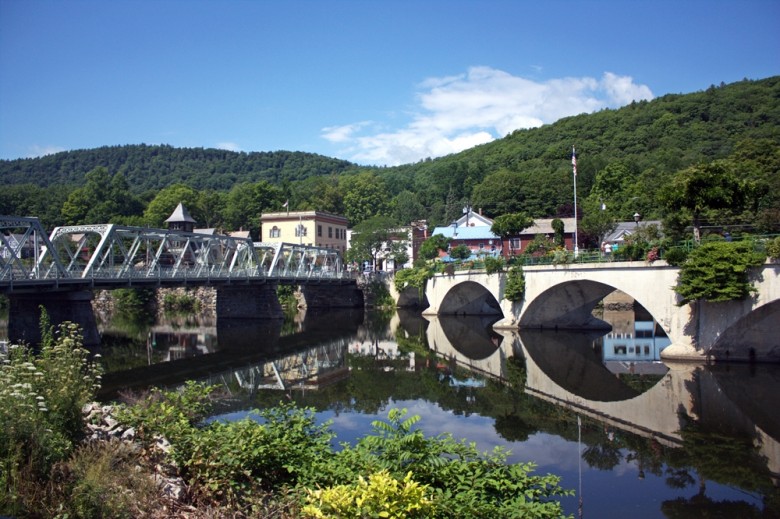
Photo Credit : Chris Burnett
Only one year later, the new bridge was opened. Materials, produce, and even people were moved across the river by the trolley, which would sometimes travel back and forth up to fourteen times a day. For nearly two decades, the trolley served the village and the region, until 1927, when times began to change again: the company that had built and maintained the bridge ran into severe financial hardship and was forced to shut the trolley service down.
With no one to look after it, the bridge quickly grew unsightly and overgrown with weeds — it got so bad that the town even considered just tearing the whole thing down. But, luckily for the bridge, its sturdy construction made demolition costs prohibitive, and it was instead sold off to the Shelburne Falls Fire District. Not long thereafter, two locals came up with an idea to save the bridge and turn the eyesore into something eye-catching: a bridge not of weeds, but of flowers.

Photo Credit : Chris Burnett
The Bridge of Flowers, as it was appropriately named, was the brainchild of Antoinette and Walter Burnham. The two, with the support of the Shelburne Falls Women’s Club and local volunteers, began renovations in 1929, and after some heavy weeding and many cartloads of fresh soil, the Bridge of Flowers was well on its way to becoming a rejuvenated thing of beauty.

Photo Credit : Chris Burnett
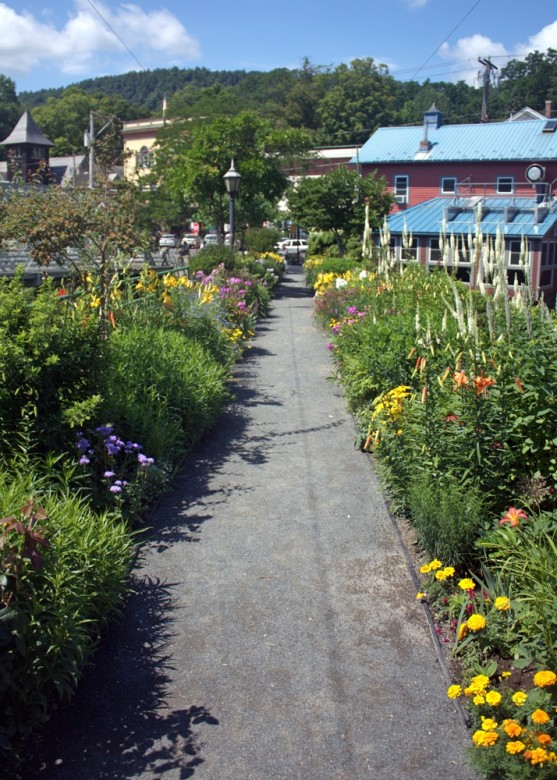
Photo Credit : Chris Burnett
People from all over donated plants to the Bridge of Flowers during its early years, helping to give it the great diversity of flowers and foliage it shows today. My grandmother, who was only a young child at the time, remembers bringing a few perennials down to the bridge from her family’s home in southern Vermont. She also recalls a later visit that culminated in a march across the bridge with her high school band, instruments blaring!

Photo Credit : Chris Burnett

Photo Credit : Chris Burnett
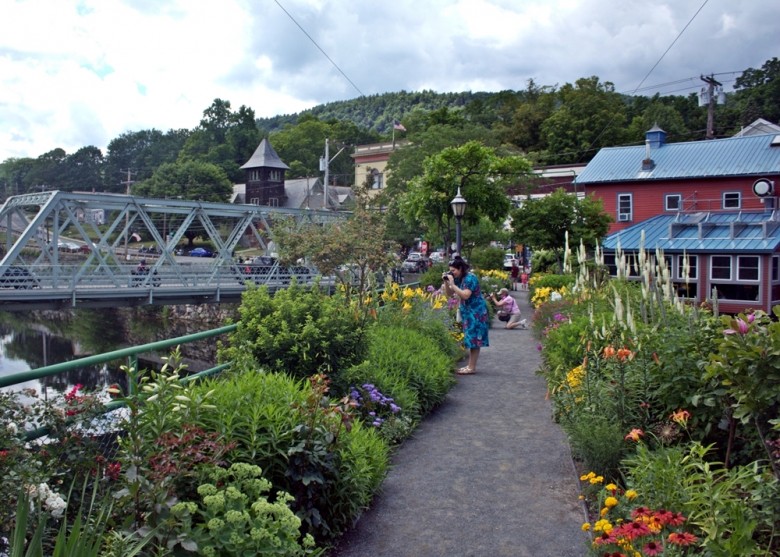
Photo Credit : Chris Burnett
In the early 1980s, after more than 70 years of use, the Bridge of Flowers finally began to show its age and was temporarily closed for some rather substantial repairs. In the end, the renovations cost more than half a million dollars, but thanks to generous community members and local businesses, who donated money and cared for the homeless plants during reconstruction, the Bridge of Flowers was soon reopened in better shape than ever.
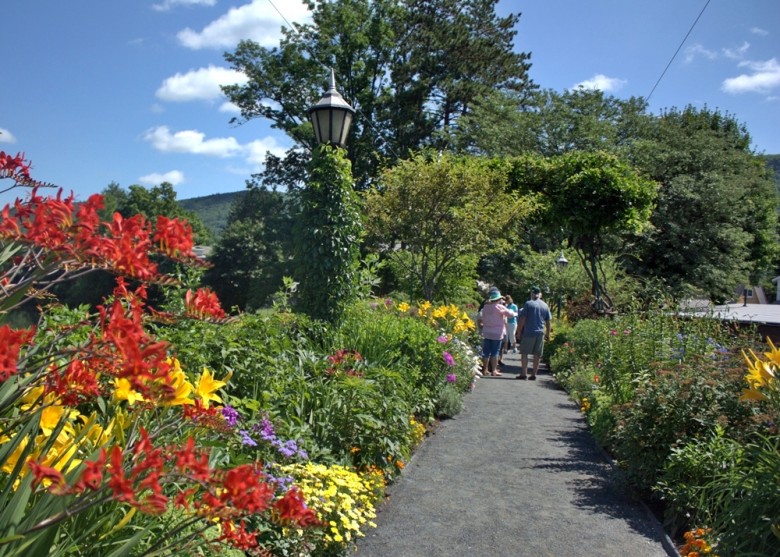
Photo Credit : Chris Burnett
The Bridge of Flowers is currently home to several hundred types of flowers, shrubs, and trees — from the tiny purple violets at your feet to the towering, twisting wisteria overhead. No matter where you look, your eyes will be caught by the flowers, which can be found in all colors of the rainbow. On the bridge, honeybees, bumblebees, and the occasional hummingbird zoom by, while butterflies flutter serenely from bush to bush — all hard at work in their little slice of heaven. At the center of the bridge stand a granite bench and a flagpole, both overlooking a small memorial dedicated to the veterans of World Wars I and II who lived in Buckland and Shelburne.
The Bridge of Flowers owes much of its beauty to a team of volunteer gardeners, who ensure that something is always in bloom from spring to fall. The gardeners spend hours cleaning, weeding, and caring for the plants each week, making sure the bridge is constantly looking its best.
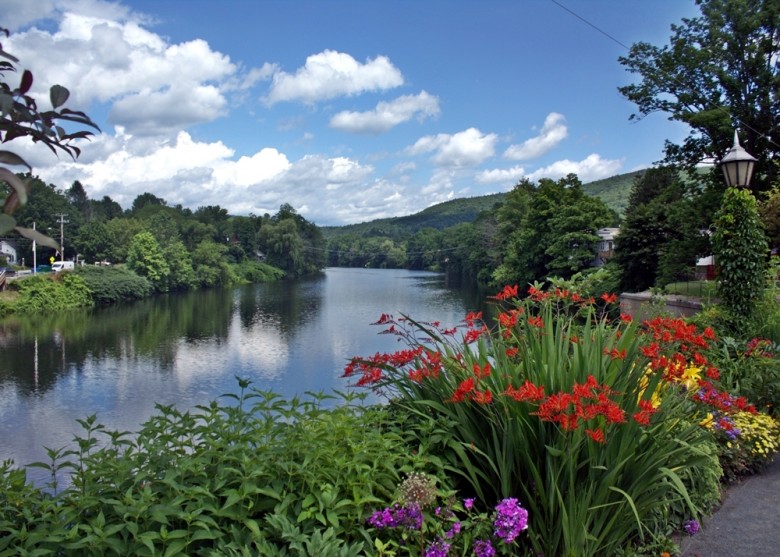
Photo Credit : Chris Burnett
I made two visits to the Bridge of Flowers, one in mid-June and the other in mid-July, and I was surprised to find that the selection of flowers had changed completely in that short span of time. The bleeding hearts and blue irises were no more, but the globe thistle and purple coneflowers were out in force. The bee balm was also at its peak, while the bug bane, coppertips, and tiger lilies were only just starting to emerge. Without a doubt, you could visit the bridge once a month for the whole summer and encounter a completely unique show of flowers each time.
PHOTOS FROM THE BRIDGE OF FLOWERS
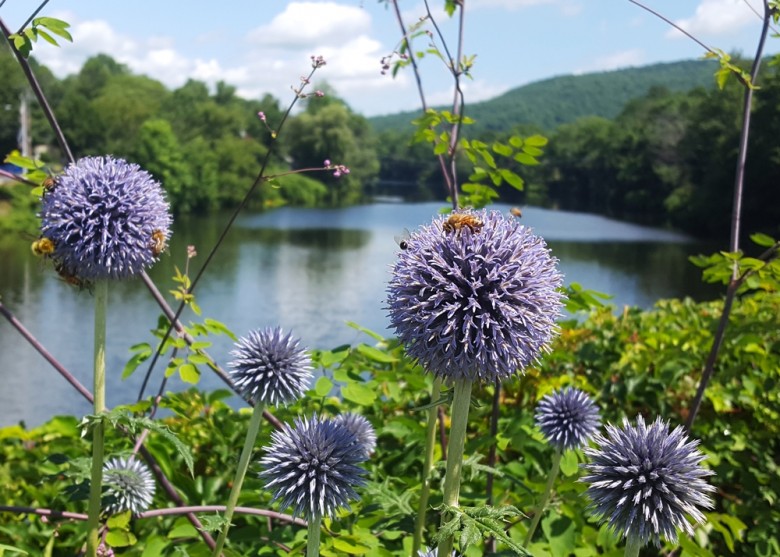
Photo Credit : Chris Burnett
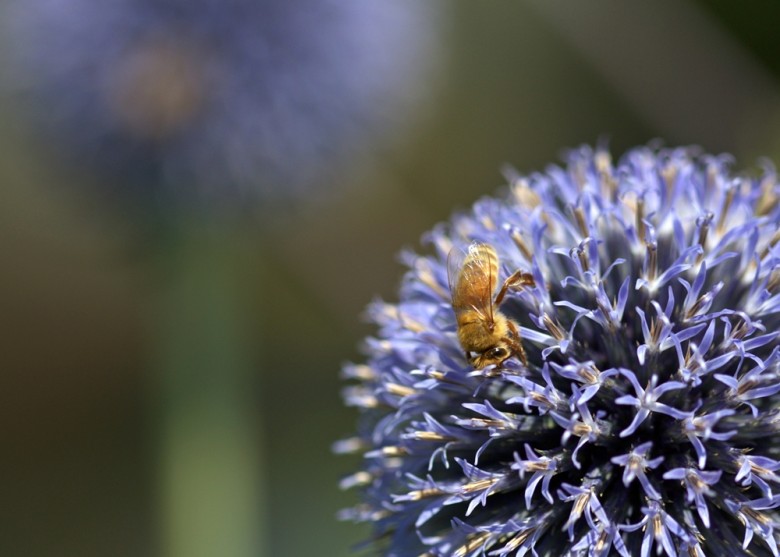
Photo Credit : Chris Burnett
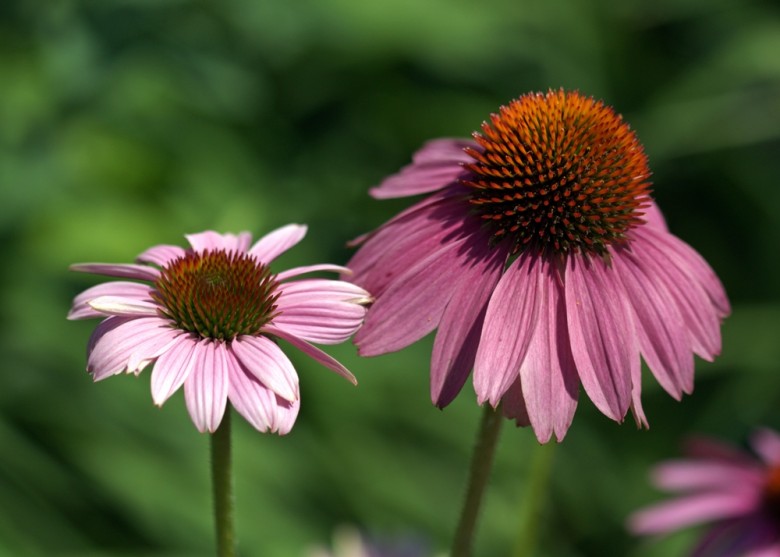
Photo Credit : Chris Burnett
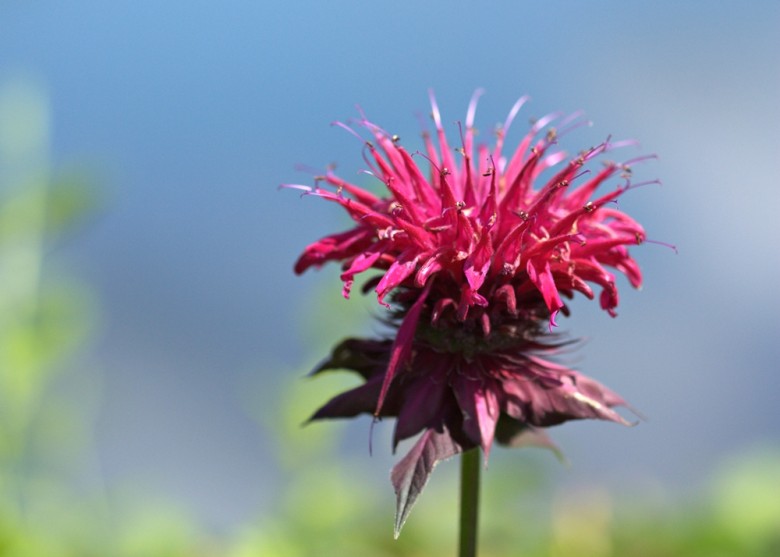
Photo Credit : Chris Burnett
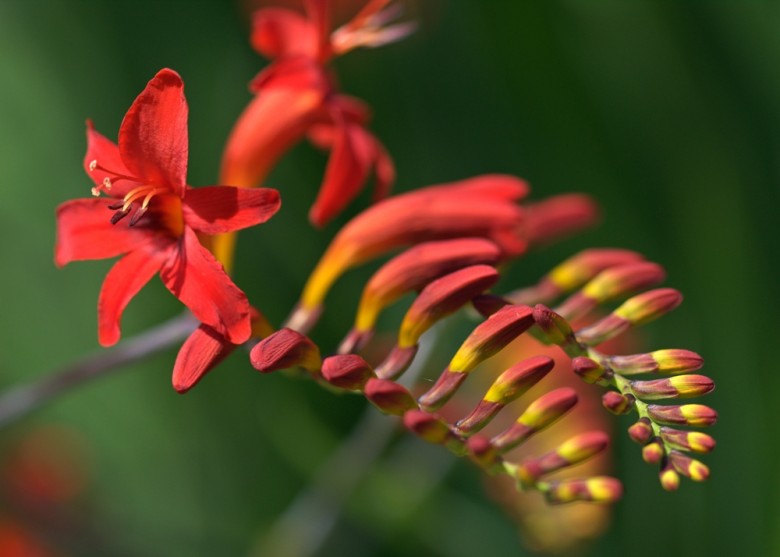
Photo Credit : Chris Burnett
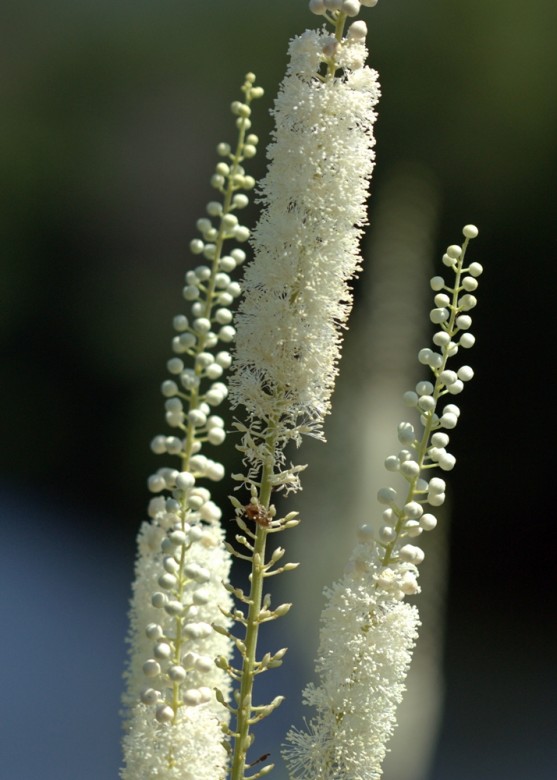
Photo Credit : Chris Burnett
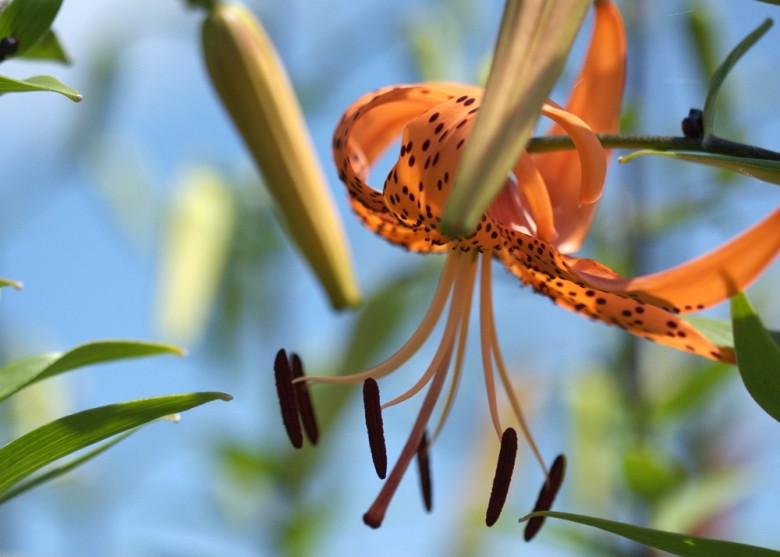
Photo Credit : Chris Burnett
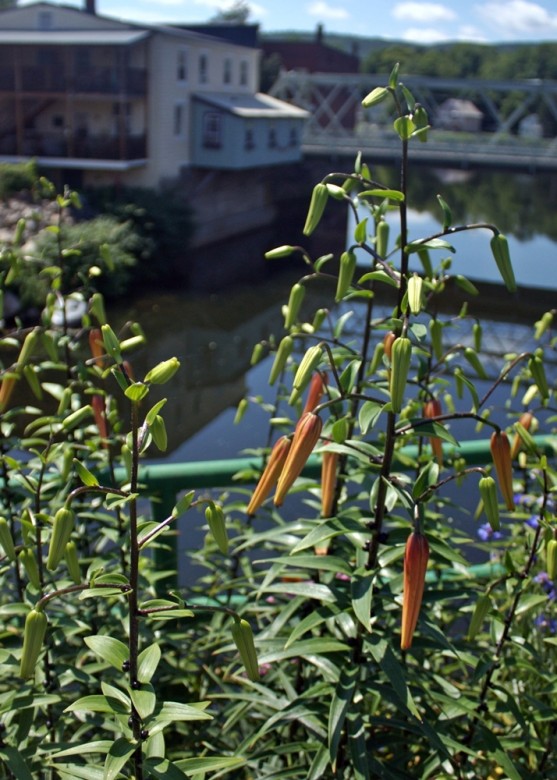
Photo Credit : Chris Burnett
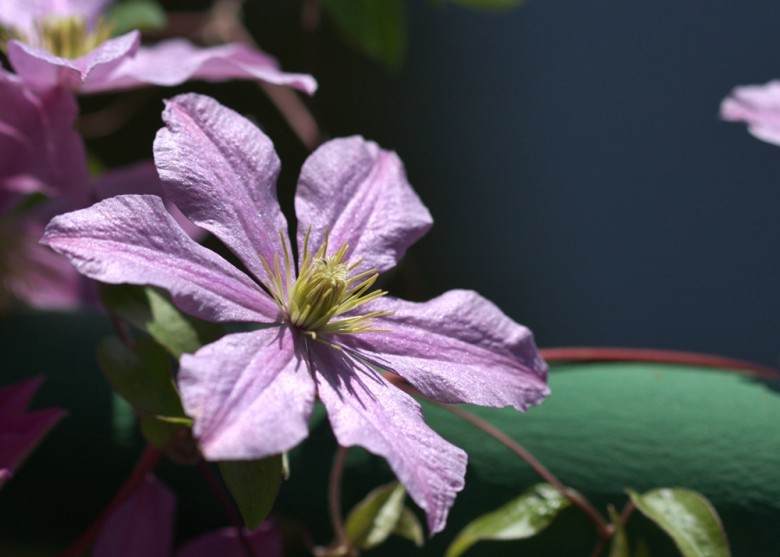
Photo Credit : Chris Burnett
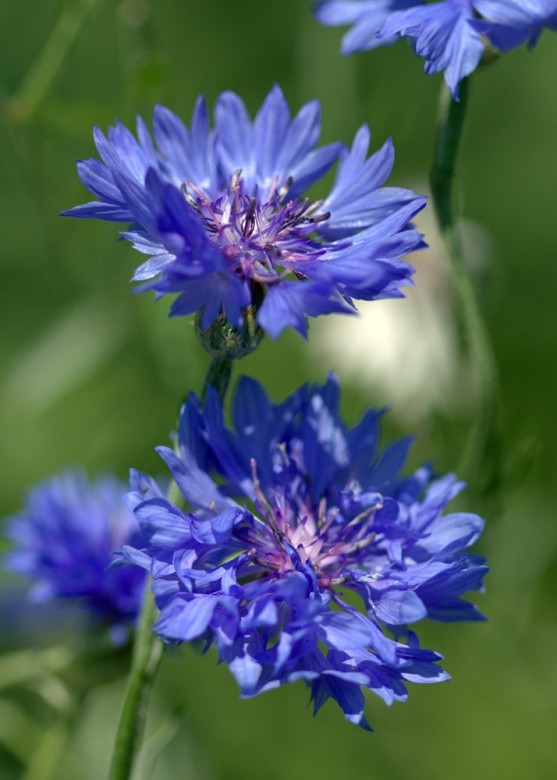
Photo Credit : Chris Burnett
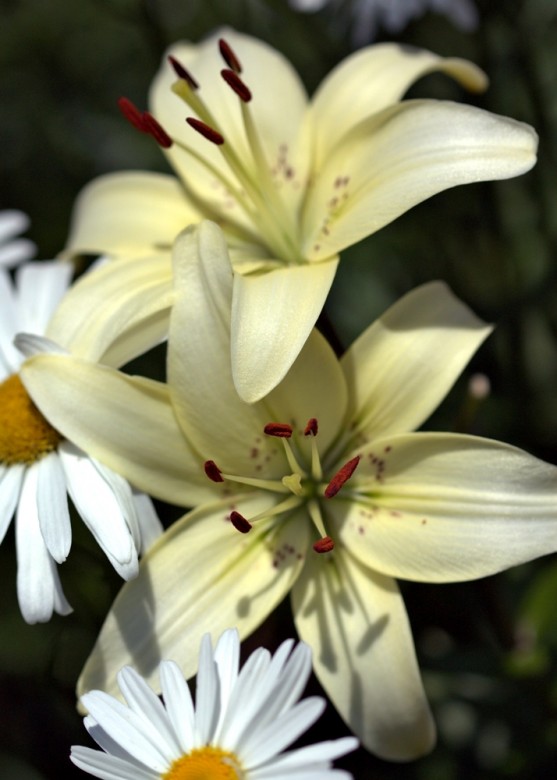
Photo Credit : Chris Burnett
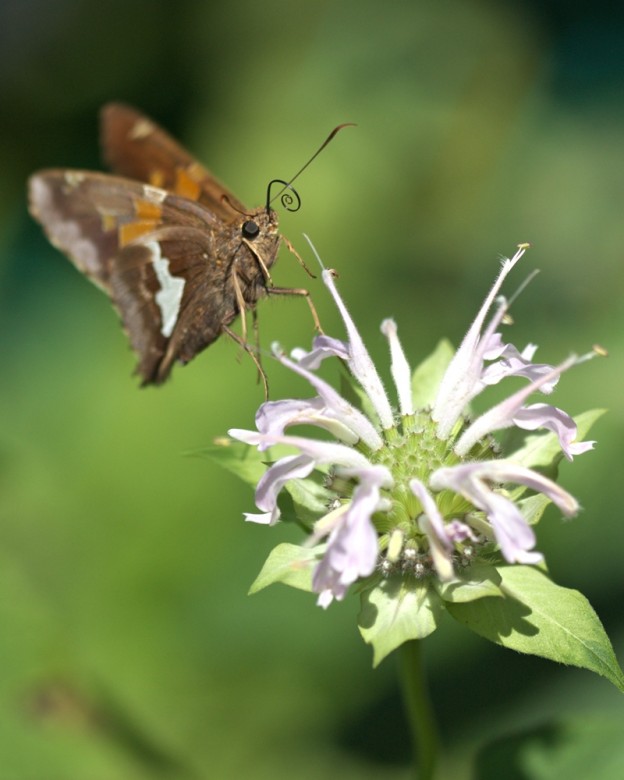
Photo Credit : Chris Burnett
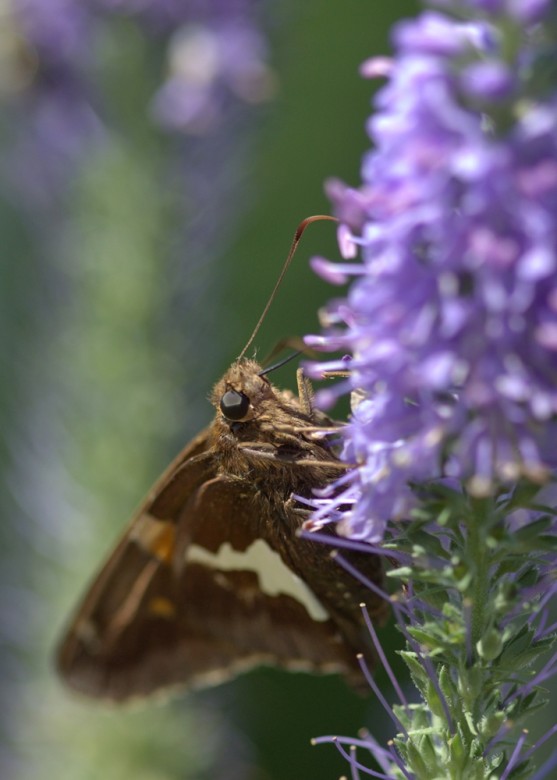
Photo Credit : Chris Burnett
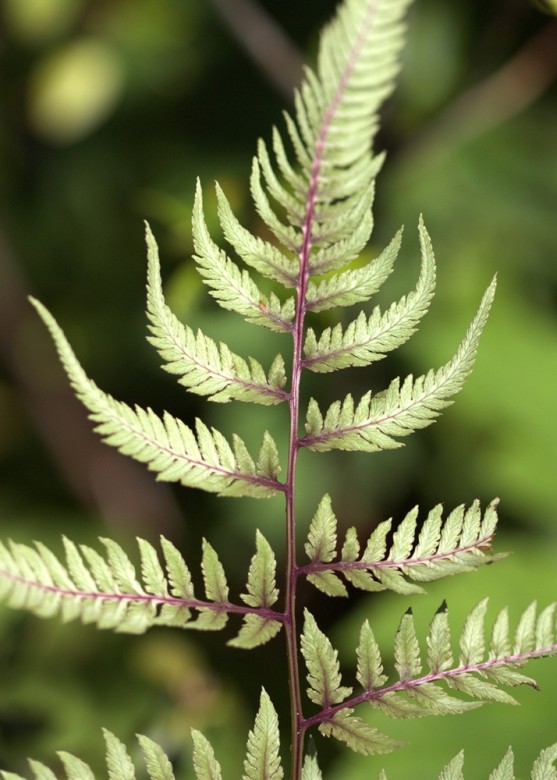
Photo Credit : Chris Burnett

Photo Credit : Chris Burnett
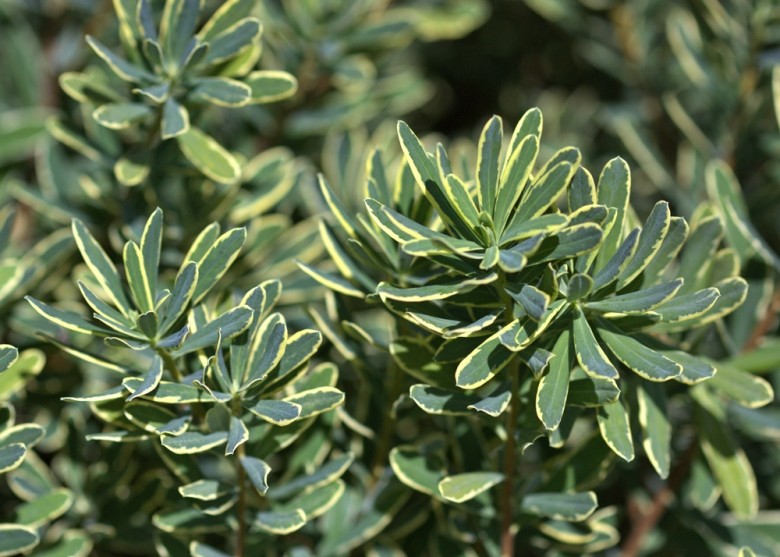
Photo Credit : Chris Burnett
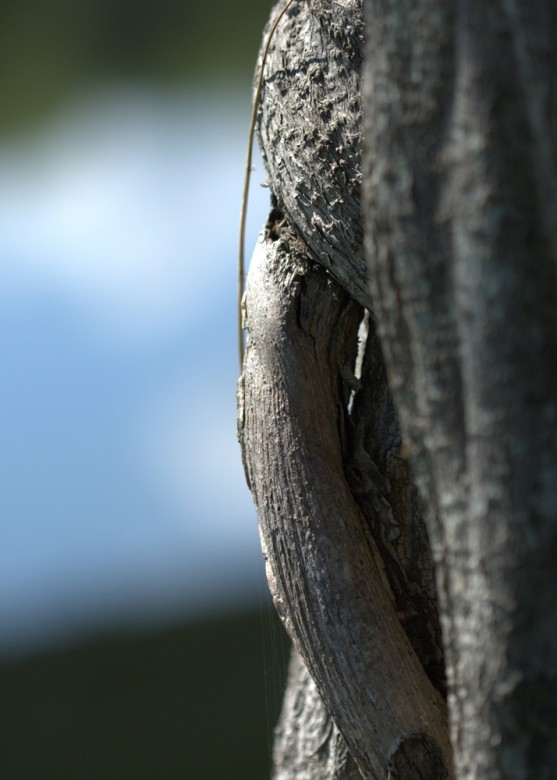
Photo Credit : Chris Burnett
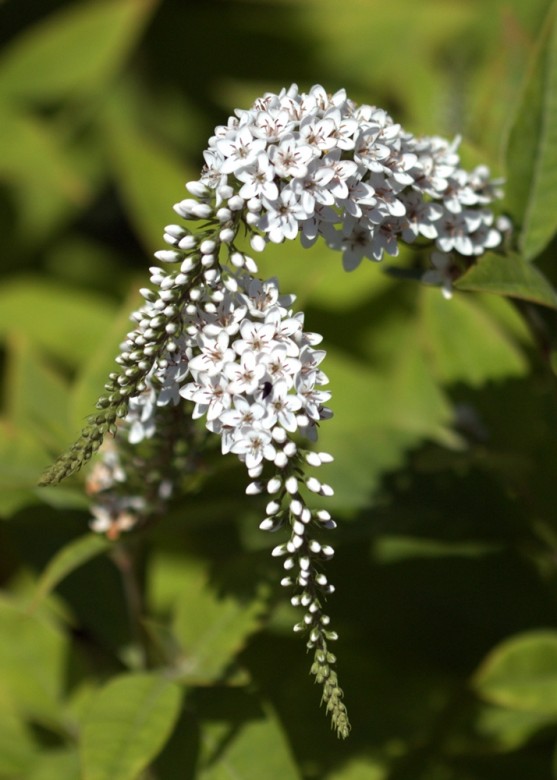
Photo Credit : Chris Burnett
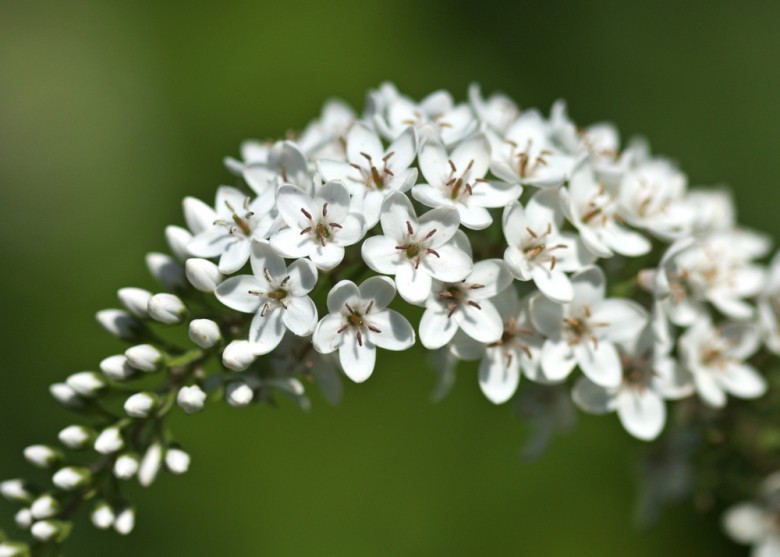
Photo Credit : Chris Burnett
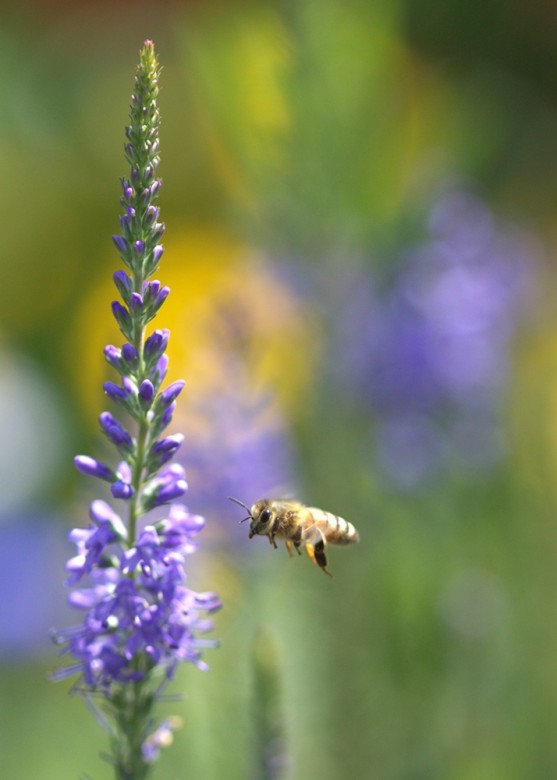
Photo Credit : Chris Burnett
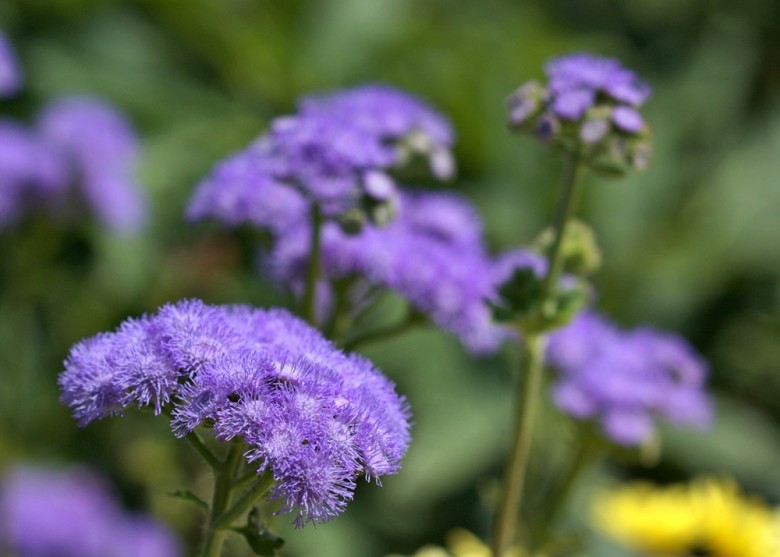
Photo Credit : Chris Burnett
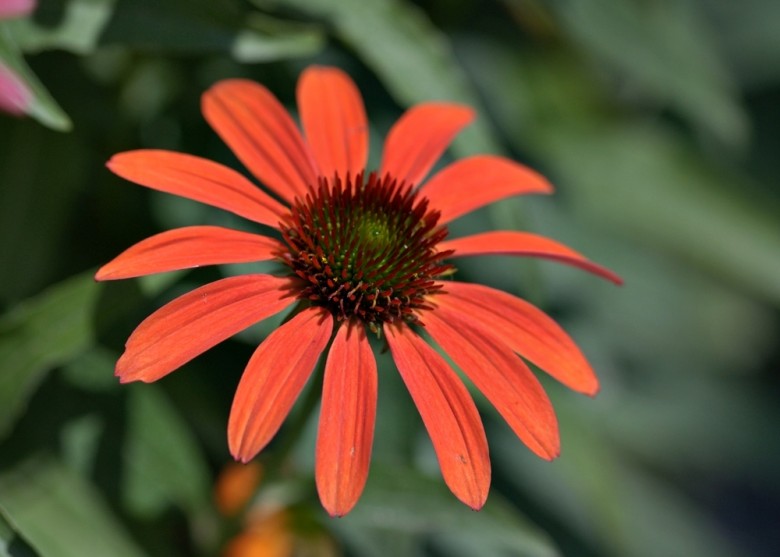
Photo Credit : Chris Burnett
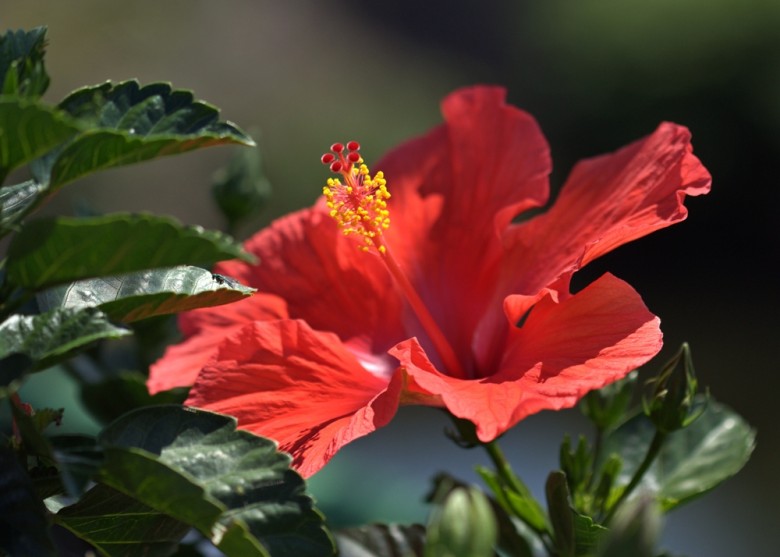
Photo Credit : Chris Burnett
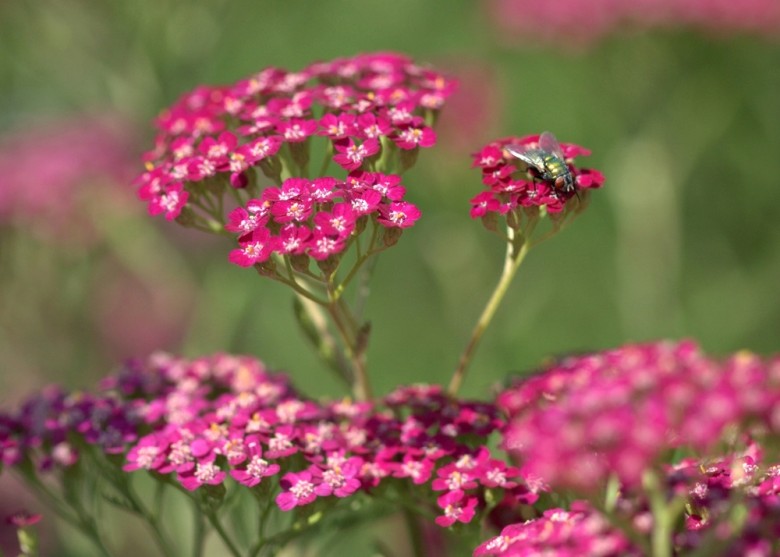
Photo Credit : Chris Burnett
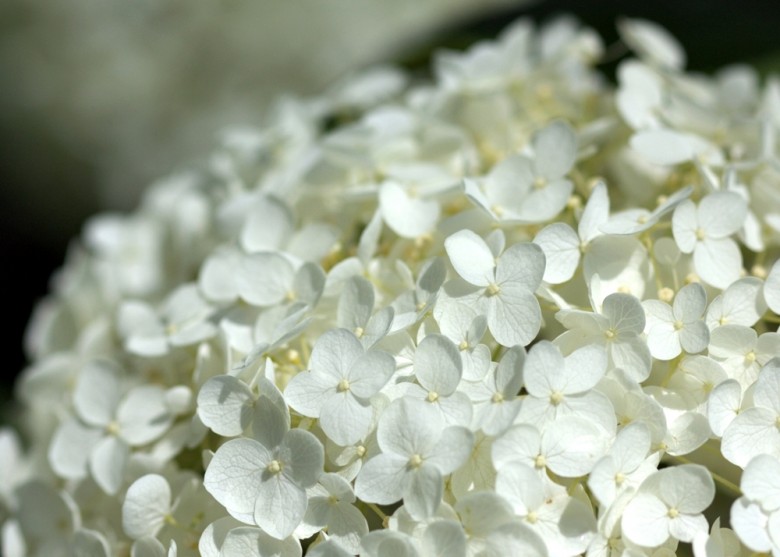
Photo Credit : Chris Burnett
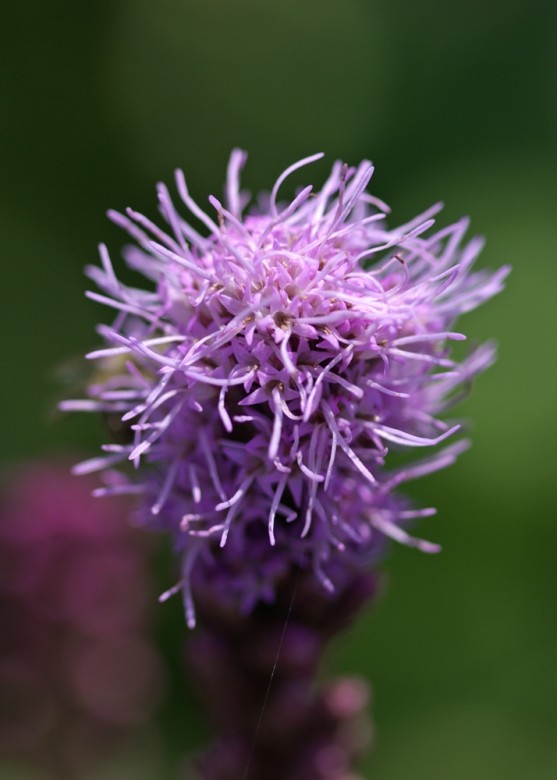
Photo Credit : Chris Burnett
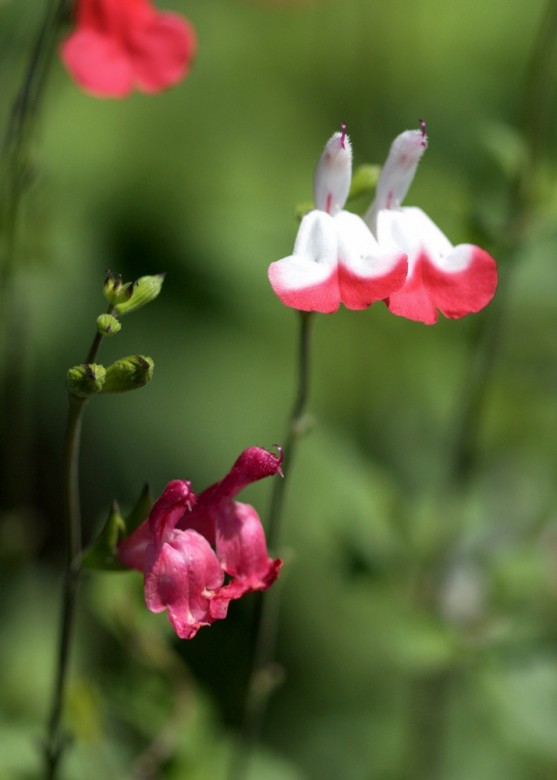
Photo Credit : Chris Burnett
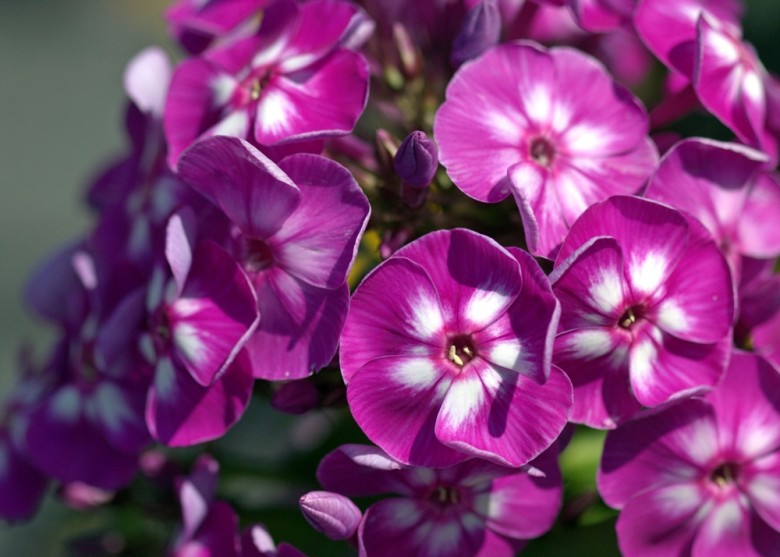
Photo Credit : Chris Burnett
With something in bloom from spring to fall, the Bridge of Flowers is the perfect day trip destination. Views from the bridge of the nearby mountains and the Deerfield River are stunning (especially in the fall), and the quaint restaurants and shops that line the streets of Shelburne Falls make it easy to spend hours in the area.
The Bridge of Flowers is free of charge (donations are welcomed) and open daily — rain or shine — from April to October. Have you ever been?
The Bridge of Flowers. Shelburne Falls, MA. bridgeofflowersmass.org
This post was first published in 2016 and has been updated.
SEE MORE:
Best Public Gardens in New England
Best Spring Flower Festivals in New England
Best New England Nurseries & Garden Centers
Chris Burnett
As a native New Hampshirite, Chris grew up enjoying the boundless nature of the state, which gave him an appreciation of all things outdoors and all things New England. He is a graduate of McGill University in Montreal, where he studied Linguistics and German.
More by Chris Burnett

